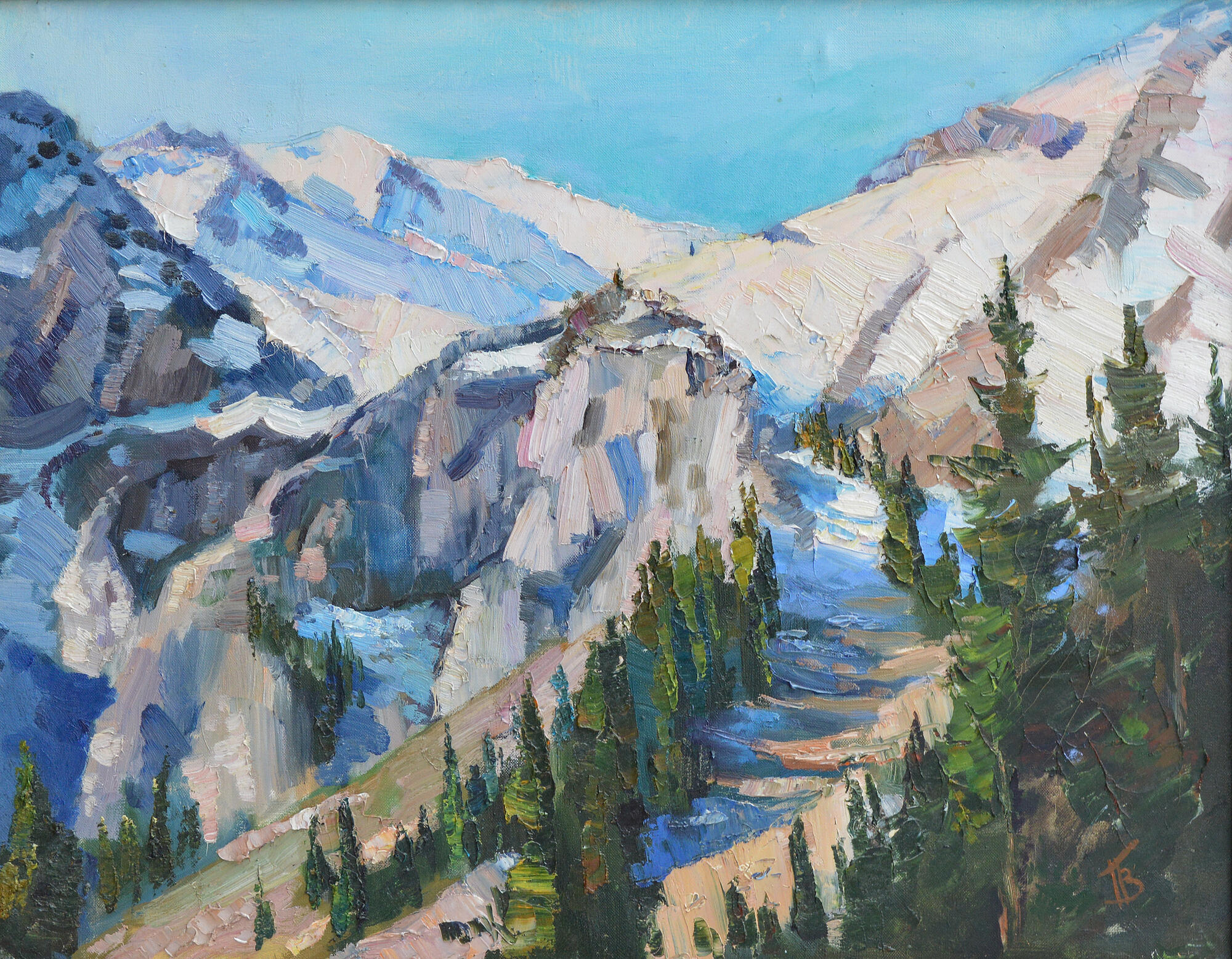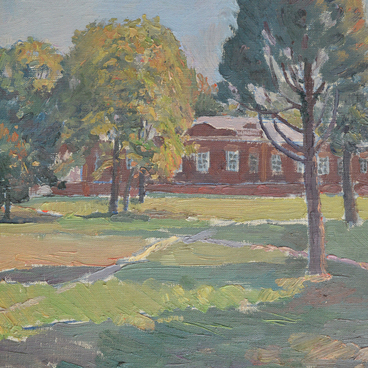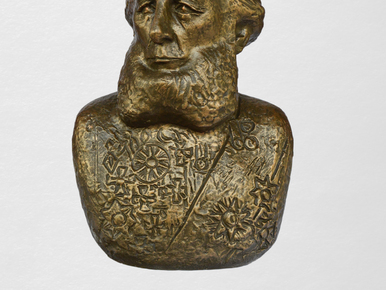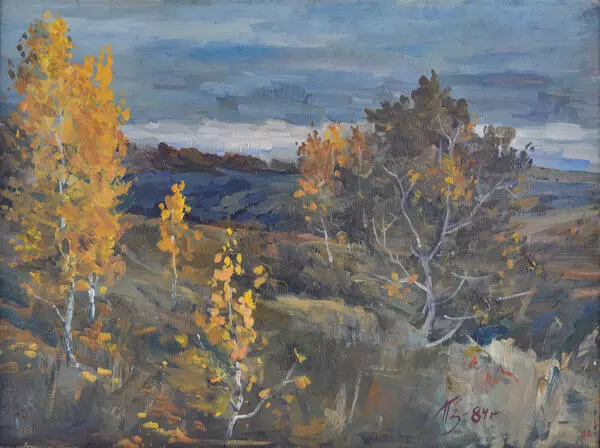Pyotr Semyonov is considered a pioneer in the study of the Tyan Shan, a mountain system located in Central Asia. For his scientific achievements in the year of the 50th anniversary of the first expedition in 1906 the epithet ‘Tyan-Shansky’ (that is, ‘of Tyan Shan’) was added to the scientist’s name. In 1856-1857, he began to study the Tyan Shan. Among the impressive outcomes of the expeditionwas the first detailed diagram of mountain ranges, a study of Lake Issyk-Kul and many other geographical objects in the area. The explorer proved that there are no active volcanoes in this area, discovered a lot of new, unknown to science plant species and gathered a assembled of rocks.
The scientist said: ‘As tempting and attractive as the eternally-snowy mountain peaks seem to the poet and artist, so attractive are they to the naturalist and the traveler in general, who is able to find in the study of natural phenomena both mental and aesthetic pleasures, — the scientist reasoned. — I will never forget the moment I spent in complete solitude on the verge of eternal snows in Zailiisky Alatau, above the beautiful alpine lake Dzhasyl-Kul.
Having passed safely through the gray haze of dark clouds, I reached the snowy mountain ridge and suddenly found myself here in a completely cloudless atmosphere under the scorching rays of the sun leaning toward the west. Down below me, dark clouds slid gloomily into the Dzhasyl-Kul Gorge, incessantly dissected by winding lightning. Terrible thunder strikes echoed in the near and distant mountains, merging sometimes into prolonged thundering roars. With a crack the rocks tore away from the cliffs overhanging the abysses and fell to the valley floor with a muffled thud. Everything around me was majestically calm.
The snow giants stood motionless in front of me, dazzling in the sunlight. I was alone; the horses and companions remained down in the valley, where a thunderstorm raged and the rain was pouring down. I had no weapons on me except my geological hammer; but I felt perfectly safe.The bloodthirsty tiger had no reason to run up to these desolate peaks; neither did gangs of robbers, sometimes even more fierce than tigers, climb here. Fresh and clean was the somewhat sparse mountain air, transparent was the cold water stream that flowed out from under the dazzling snow cover…’.
The painting ‘In the Tyan Shan Mountains’ from the museum’s collection was painted by Pavel Veselkin, a master from the Chaplygin district of the Lipetsk oblast, who inherits from such artists as Konstantin Korovin and Nikolai Feshin. He is known for his landscapes that accurately convey the mood and atmosphere of the depicted place. These are often works painted in an impressionist manner — Veselkin diligently conveys the natural lighting and nuances of the landscape. The painting well illustrates the excerpt from Semyonov-Tyan-Shansky’s memoirs of his journey.
The scientist said: ‘As tempting and attractive as the eternally-snowy mountain peaks seem to the poet and artist, so attractive are they to the naturalist and the traveler in general, who is able to find in the study of natural phenomena both mental and aesthetic pleasures, — the scientist reasoned. — I will never forget the moment I spent in complete solitude on the verge of eternal snows in Zailiisky Alatau, above the beautiful alpine lake Dzhasyl-Kul.
Having passed safely through the gray haze of dark clouds, I reached the snowy mountain ridge and suddenly found myself here in a completely cloudless atmosphere under the scorching rays of the sun leaning toward the west. Down below me, dark clouds slid gloomily into the Dzhasyl-Kul Gorge, incessantly dissected by winding lightning. Terrible thunder strikes echoed in the near and distant mountains, merging sometimes into prolonged thundering roars. With a crack the rocks tore away from the cliffs overhanging the abysses and fell to the valley floor with a muffled thud. Everything around me was majestically calm.
The snow giants stood motionless in front of me, dazzling in the sunlight. I was alone; the horses and companions remained down in the valley, where a thunderstorm raged and the rain was pouring down. I had no weapons on me except my geological hammer; but I felt perfectly safe.The bloodthirsty tiger had no reason to run up to these desolate peaks; neither did gangs of robbers, sometimes even more fierce than tigers, climb here. Fresh and clean was the somewhat sparse mountain air, transparent was the cold water stream that flowed out from under the dazzling snow cover…’.
The painting ‘In the Tyan Shan Mountains’ from the museum’s collection was painted by Pavel Veselkin, a master from the Chaplygin district of the Lipetsk oblast, who inherits from such artists as Konstantin Korovin and Nikolai Feshin. He is known for his landscapes that accurately convey the mood and atmosphere of the depicted place. These are often works painted in an impressionist manner — Veselkin diligently conveys the natural lighting and nuances of the landscape. The painting well illustrates the excerpt from Semyonov-Tyan-Shansky’s memoirs of his journey.




